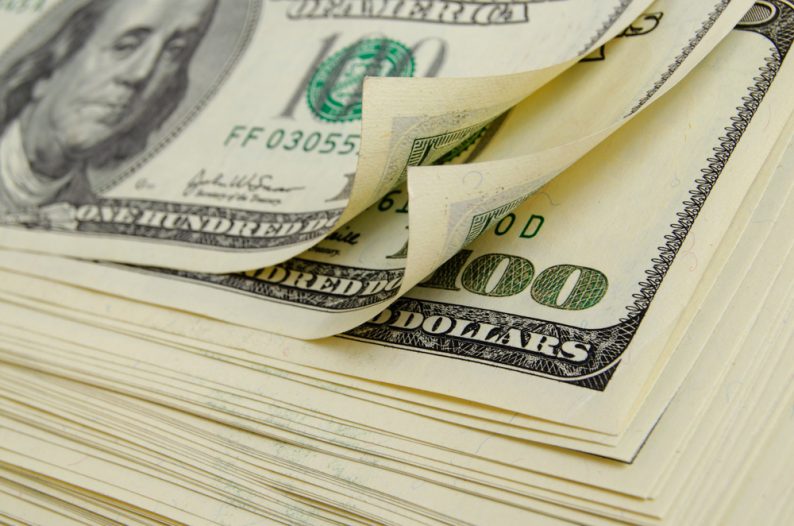We go together like rama lama lama ka dinga da dinga dong” – John Travolta and Olivia Newton-John
One of the things I love about investing in dividend stocks, particularly those with strong yields, is that they are also typically value stocks.
You don’t find many momentum stocks trading with 4% yields. So by its very nature, a stock with an attractive yield is very likely to be cheap.
That’s especially important today, considering we’re nine years into a bull market. That’s quite mature by historical standards.
Value stocks, at this stage in the market, make sense. If stocks continue to rally, there is more room for a value stock to see earnings multiple expansion than there is for a stock that has already run higher.
More importantly, value stocks will likely decline less in a bear market or correction. Because they are already inexpensive, they should not get hit as hard as some highfliers do.

Want Outperformance? Get Value
Over the long term, value stocks outperform growth stocks.
If you had invested $100 in large cap growth stocks 78 years ago, you’d have $88,400 today. Not bad.
But if you’d invested in large cap value stocks, your $100 would have grown to $632,900…

Your Guide to Value
Value can mean different things to different people. Here’s a simple way to identify stocks that could be good values. The stock has…
These numbers are not absolute. If you found a stock with a P/B of 1.2 and other stocks in the sector were trading at a P/B of 2, it might still be a good value. But the numbers above are a good general guideline.
Keep in mind that a value stock may not match all of the above numbers, but it’s a starting point to determine whether a stock is inexpensive.













Leave A Comment